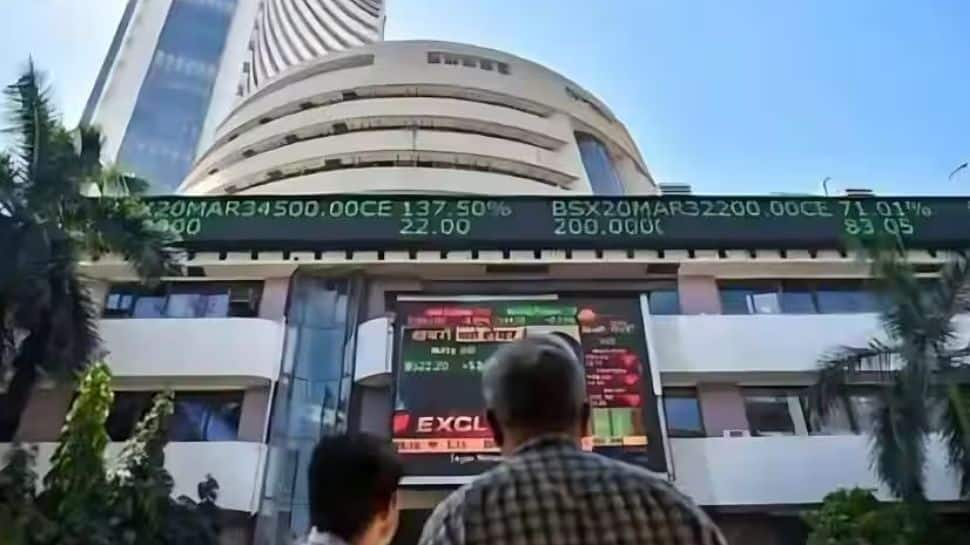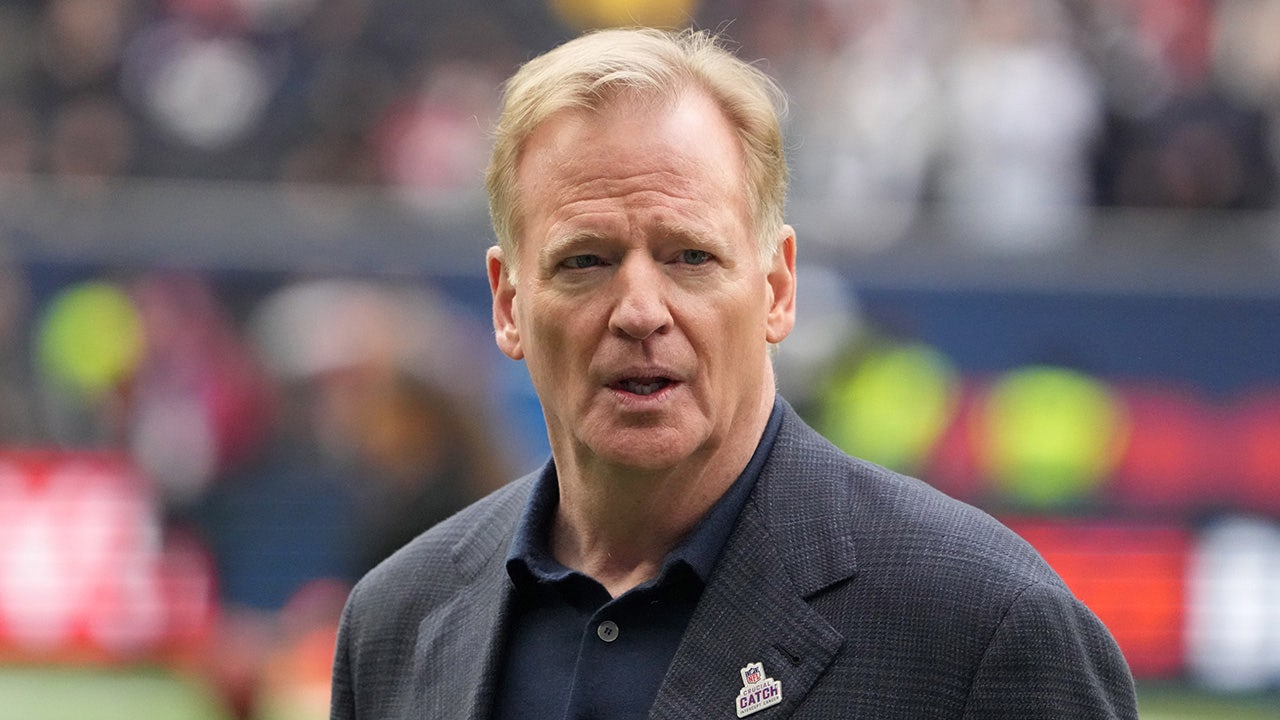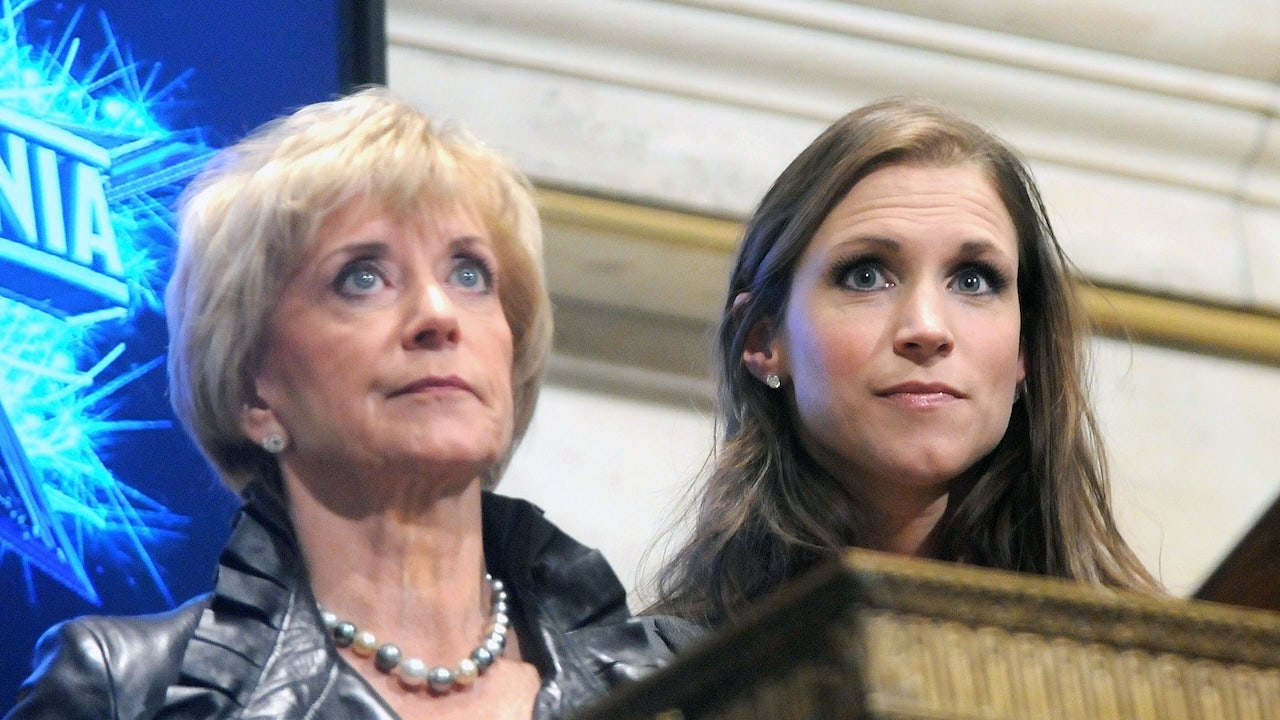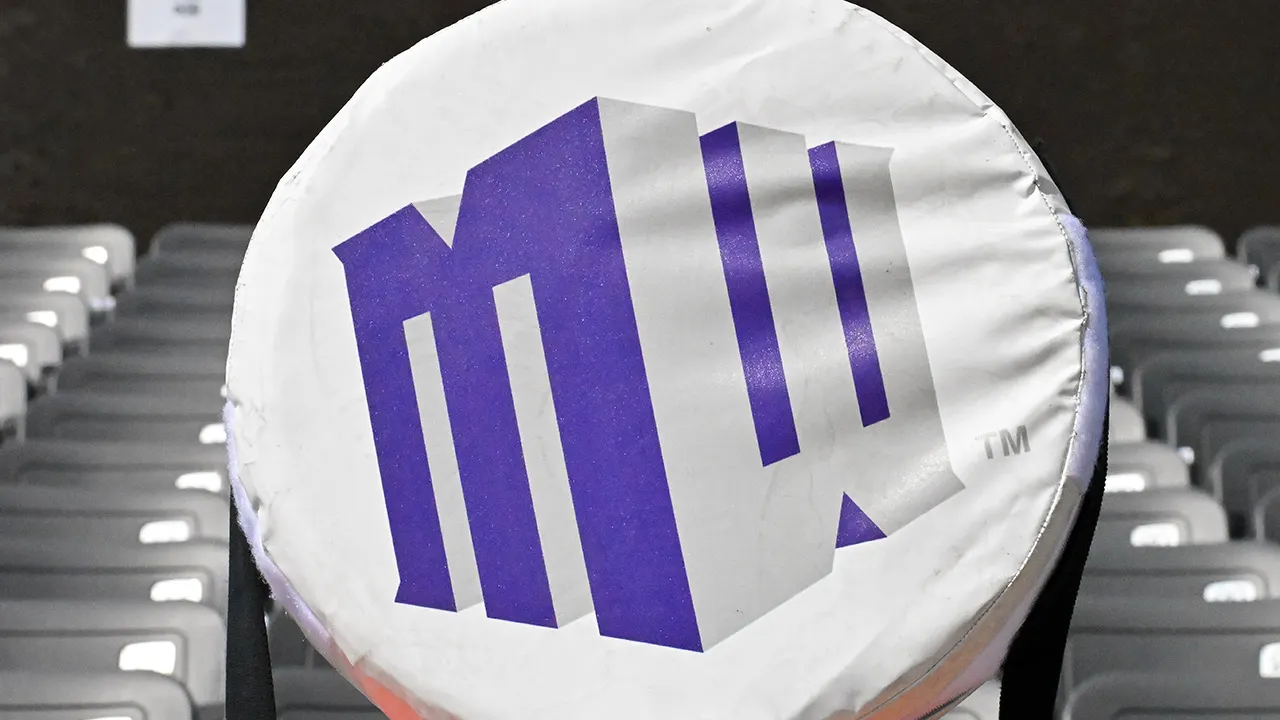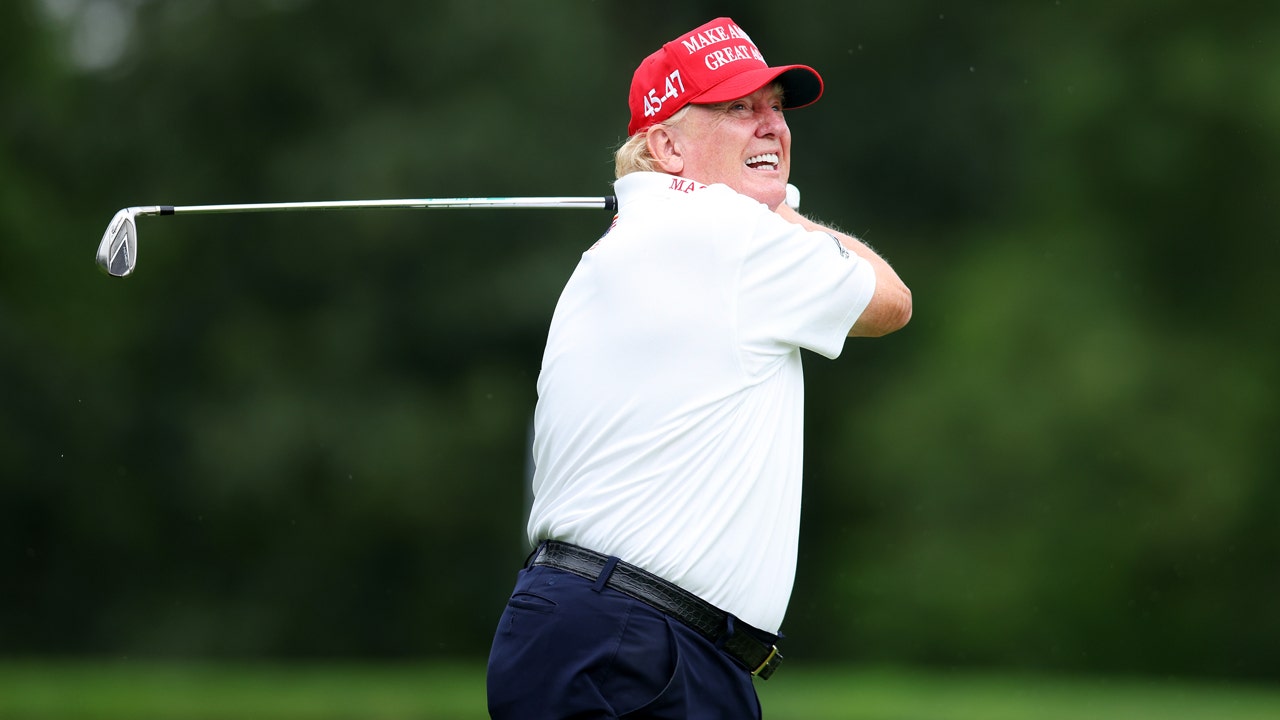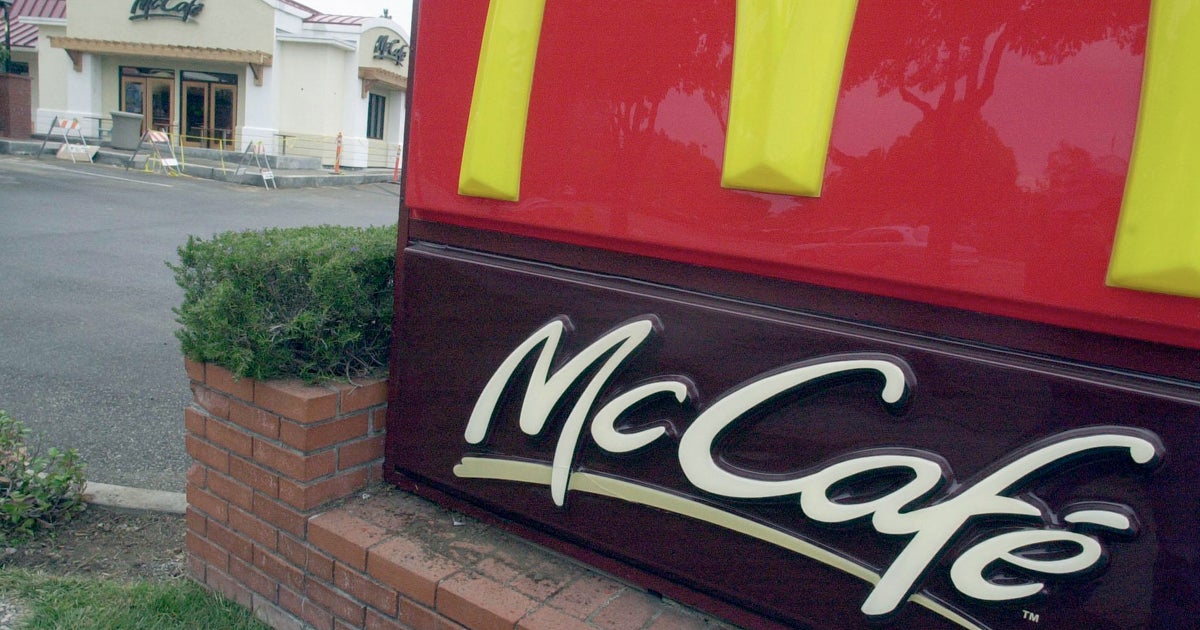Pedestrians walk past the Tesla Motors official authorized car dealer store in Hong Kong.
Sopa Images | Lightrocket | Getty Images
Is the first electric-vehicle recession here, or coming soon?
As electric-car stocks plummeted in late 2022, the rout evoked comparisons to the dot-com stock bust two decades ago. Like the internet industry then, the EV industry boasts companies, notably Tesla, that look like long-term winners, but it is also made up of young companies that may not have the cash to ride out a downturn, as well as in-between players like Lucid Group, Fisker and Rivian Automotive, that have done their best to prepare, and whose fate may depend on how bad things get.
With the economy at an inflection point between receding inflation fears and broad expectation of a recession beginning in 2023, the market doesn’t know what to make of moves like Tesla’s big price cuts, first in China and then on Jan. 13, in the U.S. and Europe. Analysts like Guggenheim Securities’ Ronald Jesikow said it could push Tesla’s profit margins 25% lower than Wall Street consensus and drain profits from all of Tesla’s competitors. But optimists like Wedbush analyst Dan Ives think it’s the right, aggressive move to jumpstart the EV transition amid macro uncertainty.
“Many dot-coms didn’t make it,” Ives said. “There’s no stress test for a severe recession for an industry that’s in its infancy.”
What happens next — whether battered EV stocks rebound, whether young companies that need more funding will be able to get it, and whether the sector becomes the jobs engine Washington was counting on when it passed the Inflation Reduction Act last summer, laden with tax credits for EVs — depends on the economy first, and the markets second.
The “first EV recession” theme comes with a big if – that there is a recession in the first place, either here or in China, where Tesla sales dropped 44 percent in December from November levels as the government there continued struggling to contain Covid-19.
In the U.S., most economists and CEOs think a recession is likely this year, though the market gains of the last week may reflect the beginnings of a change in the investor outlook, with more believing in the “soft landing” narrative for the economy. One holdout, Moody’s Analytics chief economist Mark Zandi, forecasts a months-long “slowcession” where growth doesn’t quite turn negative. Either scenario would likely hurt car sales in general, which were the worst in a decade in the U.S. last year, but where some auto executives are now slightly more confident about a rebound, though the EV outlook among the automakers has become more cautious in the short-term. But either scenario may be too pessimistic if the economy responds positively to now-slowing inflation.
The outlook from China, home to more than half of the world’s EV sales, according to Clean Technica, is at least as murky. Manufacturing moved into negative-growth territory late in the year and housing prices are falling, but the International Monetary Fund says China will avoid a recession and grow its economy by 3.8% this year. That would be half of 2021’s clip and slightly below China’s pace last summer, when the nation began to cope with new Covid-related shutdowns. China is now pushing to reopen its economy amid the pandemic.
Tesla’s 2023 world is like Amazon and eBay’s 2000
A recession, if it happens, doesn’t necessarily mean EV sales will fall. Most models saw big sales gains last year in both the U.S. and Asia. It’s more a question of whether EV companies will grow fast enough to keep adding jobs, and for companies beyond Tesla to turn profitable when investors expect them to — or before they run out of cash they raised to fund startup losses.
That sets up a dynamic a lot like the one that confronted dot-com companies like Amazon and eBay as 2000 blended into 2001: A web-stock selloff was well-underway then, just as EV companies like Tesla, Fisker and Lucid fell sharply last year — 65 percent for Tesla, 54 percent for Fisker and 82 percent for Lucid. Then as now, weaker players like today’s EV makers Lordstown Motors, Faraday Future and Canoo were scrambling to avoid running out of cash as an economic slowdown loomed, either by cutting costs or raising more money from investors.
“We look at a combination of balance sheet stability and ability to raise more capital,” said Greg Bissuk, CEO of AXS Investments in New York, which runs an exchange-traded fund that uses swaps to deliver the opposite of Tesla’s daily return — in essence, usually a near-term bet that the shares will drop. “We think it will be rocky,” he said, specifically referring to the middle-tier EV makers.
But at the same time, revenue at dot-com companies kept rising fast, and the businesses that were destined to survive began to turn profitable between 2001 and 2003. Today, EV sales in China are rising, even as Covid continues to hamper its economy, and EVs posted a 52% sales gain in the U.S. At year-end, EVs had 6% of the U.S. light-vehicle market, compared to 1 percent of U.S. retail sales being online in late 2000.
Slower growth isn’t no growth
For EV makers, the likely impact of a recession is slower growth, but not the negative growth the overall economy experiences in a downturn, as new technology keeps gaining market share.
The best-positioned EV maker is still Tesla, said CFRA Research analyst Garrett Nelson. With the company still expected to have generated about $4 billion in late-2022 cash flow when it reports fourth-quarter earnings Jan. 25, and having had about $21 billion at the end of the third quarter, it’s not in danger of a cash burn, Ives said.
“We think the stock rebounds quickly this year,” Nelson said, calling Tesla his top pick among all auto makers, and noting that CFRA economists don’t expect a recession. It trades at 24 times this year’s profit estimates, which in turn only call for 25% profit growth, numbers that are modest for a growth company with room to keep expanding fast.
After the price cut, Nelson said the company will see narrower profit margin but will sell more cars.
“It should widen the company’s competitive advantage and make many more Tesla vehicles eligible for the $7,500 federal EV tax credit,” Nelson said.
The just-enacted price cut pulled the most-popular Model Y vehicles under the price maximum for tax-credit eligibility in the 2022 Inflation Reduction Act.
Tesla has its own issues, with sales growth having slowed late in the year. Fourth-quarter units were up 32%, down sharply from earlier in the year, missing Wall Street estimates for a second straight quarter. CEO Elon Musk’s antics as the new lead owner of Twitter raise concerns about how closely Musk is watching the store, and how quickly he may respond if Tesla’s decline accelerates, Ives said.
“The biggest [issue] is Twitter,” Nelson said.
On the plus side, this year’s earnings estimates assume no contribution from the Cybertruck, which Tesla is again promising to launch late this year, after being delayed since 2021. And Goldman Sachs analyst Mark Delaney wrote Jan. 2 that vehicle deliveries should reaccelerate by midyear, helped by lower cost structures at Tesla’s newer factories and a pickup in Chinese sales.
“Now is a time for leadership from Musk to lead Tesla through this period of softer demand in a darker macro, and not the time to be hands off, which is the perception of the Street,” Ives said. “This is a fork-in-the-road year for Tesla, where it will either lay the groundwork for its next chapter of growth or continue its slide.”
Cash burn and the rest of the EV market
In the middle, Lucid, Rivian and Fisker make up a range of higher-risk possibilities that may well turn out fine in the end. But Tesla’s price cutting may cause them problems: Fisker’s stock dropped almost 10% on its rival’s announcement, since Tesla’s move puts the Model Y’s price closer to that of the Fisker Ocean, whose middle tier is around $50,000.
Of the three, Rivian has the most cash on hand, with short-term investments at $13.3 billion as of the end of the third quarter. Fisker had $829 million, and Lucid had $3.85 billion.
Each company is still burning cash, posing the question of whether they have enough to survive a downturn. Fisker lost about $480 million in cash flow in the 12 months ending in September, and invested another $220 million, meaning its cash would last between one and two years if its losses and investment didn’t slow.
“Our commitment to a lean business model has given us a solid balance sheet, which we have supported with disciplined management of our cash,” CEO Henrik Fisker said in a statement to CNBC. “We are in good shape to manage future economic challenges and to act on opportunities.”
Lucid spent over $2 billion in the first nine months of 2022 on operating cash flow losses and capital investment, and says its cash will cover its plans “at least into the fourth quarter of 2023,” according to its third-quarter earnings call. Lucid’s recent production and delivery numbers did beat expectations, albeit expectations that had already been lowered.
Rivian’s stockpile is more than two years’ worth of recent cash-flow losses and investment.
All three companies, which declined or didn’t respond to on-the-record interview requests, can also extend their cash runway by raising more capital and, indeed, at least two of them have already begun to do so. Lucid raised another $1.515 billion in December, mostly from Saudi Arabia’s Public Investment Fund, while Fisker has filed to raise $2 billion from an ongoing shelf registration at the Securities and Exchange Commission and has so far raised $116 million.

All three should also give financial guidance for 2023 during earnings season, including updates on their capital spending, and on whether cash-flow losses will narrow as they begin to ship more vehicles.
Fisker began shipping its initial model, the Fisker Ocean, only in mid-November, and plans to ship a less-expensive SUV called the Fisker PEAR next year. Rivian, hampered by parts shortages due to Covid-driven supply chain issues, missed its 2022 production target of 25,000 vehicles by less than 700. It hasn’t yet said how many cars it will ship this year. Rivian also paused a partnership with Mercedes in November, ending for now a plan to co-develop commercial vehicles. Rivian said it would concentrate on its consumer business and other commercial ventures, primarily a deal to sell delivery vans to Amazon, that offer better risk-adjusted returns. That move will help avoid pressure on the startup’s capital base.
Business plans for the future, little current business
Lower on the food chain are companies like Faraday Future Intelligent Electric, Canoo and Lordstown Motors, which went public via mergers with Special Purpose Acquisition Companies, or SPACs, and have lost most of their equity value since.
Lordstown in November announced a fresh investment by Foxconn, the contract manufacturer that will own 19.9% of Lordstown after the deal, including preferred stock, to help scale up production of its initial pickup truck and bolster the $204 million in cash on its balance sheet. Foxconn has agreed to make Fisker vehicles in Lordstown’s Ohio factory, which Foxconn bought in May, for launch in 2024. It issued a going-concern warning in 2021, before raising money from Foxconn.
“The new capital from Foxconn doesn’t change our focus” on cost containment, Lordstown CFO Adam Kroll said, arguing that the Foxconn deal will slash Lordstown’s capital needs. “We continue to execute a playbook of prudence and discipline.”
Companies like Faraday, Canoo and Lordstown that need to raise more capital could find the path blocked by a more-skeptical capital market than the one that financed them during the special-purpose acquisition company boom, CFRA’s Nelson said. Weaker players include Electro Mechanica, which has proposed a solo EV but hasn’t shipped it in scale yet, British commercial-vehicle maker Arrival, and Green Power Motor, a Canadian electric bus maker, he said. He even includes Fisker, Lucid and Rivian among those at risk from tighter markets.
“They had a business plan but no business, and they got absurd amounts of capital,” Nelson said. “In our opinion, you’ll see many additional bankruptcies, but the market will return to balance. But it’s hard to imagine we’ve seen the bottom.”
But Nelson does believe the electric car boom is for real — indeed, he says Tesla is the year’s best bet in the overall auto industry. A note of skepticism: After the dot-com boom and bust, Amazon.com began rising off its lows in 2002, rising tenfold by 2008, but didn’t leave its 1999 highs behind for good until 2010. EBay recovered faster but couldn’t sustain its momentum.
Ives said the Inflation Reduction Act, which offers tax credits of $7,500 for electric cars costing less than $55,000 and SUVs or pickups selling for $80,000 or less, may throw the industry a lifeline as companies arrange to do enough domestic manufacturing to qualify all of their vehicles. Arrival, citing IRA credits of up to $40,000 for buyers of commercial vehicles, said in November that it is refocusing its London-based company on the U.S. market.
“The pressure in 2023 is less about EVs than the overall macro environment,” Ives said. “The IRA is not a small point.”
That’s not lost even on Bassuk, who emphasizes that his fund is about helping exploit short-term weakness in the market’s view of EVs. Long-term, he says, EVs are coming, recession or not.
“Those with the capital to get through 2023, we’d bet the farm on,” he said.
CNBC is now accepting nominations for the 2023 Disruptor 50 list – our 11th annual look at the most innovative venture-backed companies. Learn more about eligibility and how to submit an application by Friday, Feb. 17.








